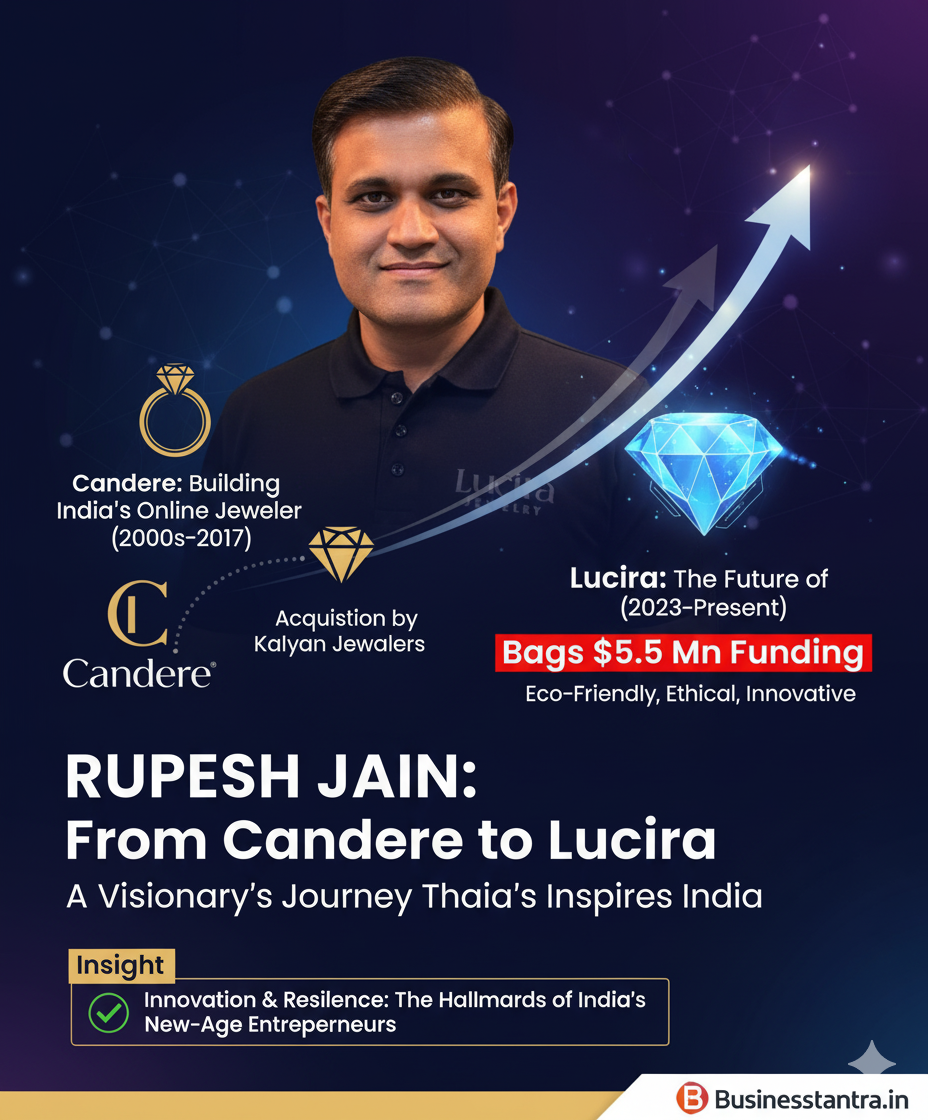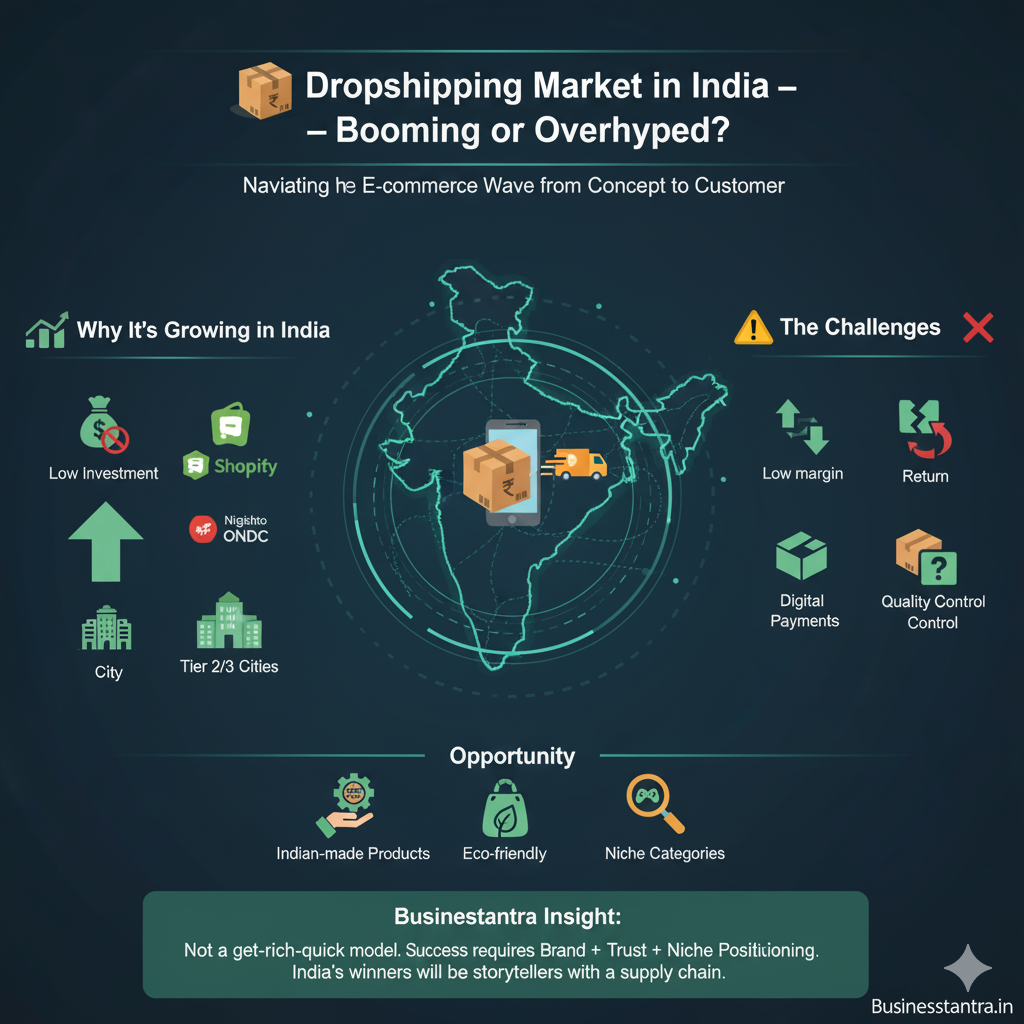What Vc Deals Say About Indian Startup Story, In Charts
[ad_1]
Last month, research firm Tracxn released data on 1,139 investments of $5 million and above made by venture capital (VC) funds in Indian startups since 2010. In the Indian start-up landscape, this is, roughly speaking, the top end of investments and business activity. Coming in the wake of a heady 2021—a year that minted unicorns of Indian startups, as well as raised skepticism about their profitability and valuations—this $5 million dataset tells many a story. Here are five stories framed in the context of current narratives of the Indian startup ecosystem.
1. Venturing wide
In the last 12 years, the Indian VC industry has gone through multiple phases. The first was the growth phase between 2011 and 2015. VC investments rose 13 times, driven by new VCs backing themes that succeeded in the US and China. Two years of moderation followed. In 2016, capital dried up. In 2017, the number of deals dropped 75%. But funding shot up, with large rounds going to fewer companies, especially Flipkart, Ola and Paytm.
The next two years saw a pickup, only to be hit by the pandemic in 2020. At the beginning of the pandemic, most startups were worried about making funds raised last longer. However, a surfeit of liquidity in the financial markets made 2021 a record year, both in number of transactions and amount raised through $5 million-plus deals. India produced more unicorns than all previous years combined. In 2011, startups in 27 segments received funding. In 2021, this had expanded to 172 segments.
2. Bengaluru leads
Startups headquartered in Bengaluru have been the big draw, accounting for 37% of the 1,139 investment deals of $5 million and above and 48% share of funds raised. Bengaluru is followed by Gurugram, Mumbai and Delhi. The National Capital Region—encompassing Gurugram, Delhi and Noida—accounted for 27% of such deals. Recent years have seen two documented changes. One, more companies are starting up in NCR than in Bengaluru, as a recent Mint analysis showed. Two, startups emerging beyond Bengaluru, NCR and Mumbai.
However, in this prime $5-million set, Bengaluru retains its primacy. It has widened its lead over NCR, especially post 2020, when twice as many startups from Bengaluru have closed a funding round above $5 million as from Delhi. Mumbai continues to trail Bengaluru and NCR. Startups from the remaining cities have gained, closing as many funding rounds in the last two-and-a-half years as they did in the two five-year periods before that.
3. Age matters
There is an impression that this glut of VC money and the opportunities to scale rapidly have meant that the waiting time for startups to receive funding has dropped significantly. It’s not true for large funding rounds at an aggregate level. The gap between the median founding year and the first $5 million-plus funding has remained stable at six years during the last three years. It had been oscillating between 4 and 5 years between 2010 and 2019. The exception was 2017, when the number of deals dropped significantly and the gap increased to 7 years.
However, by another metric, the assumption of early funding holds good. The number of three-year-old startups to close a $5 million-plus funding round increased from three in 2018 to 10 in 2019 to 19 in 2020. This year, of the 66 deals above $5 million, nine were in startups founded in the last three years.
4. Signs of maturity
One reason why the gap between the median age and first big-funding year remains stable has to do with the process that VCs follow. Typically, they start with a small investment in the early stages of the company (after seed and angel funding) and progressively invest greater amounts. In the alphabetical nomenclature of VCs, series A and series B are considered early-stage, and anything after series C is mid- to late-stage.
Data for India since 2010 shows that, typically, average funding doubles with every series till Series E. After that, the relationship breaks, as the number of companies drop and the funding needs vary. Further, as the system matures, the number of mid- to late-stage deals also go up. In India, the share of such deals in the $5 million-plus set has progressively increased, and was at its highest in 2021 (86%).
5. Summer break
The lifespan of a typical VC fund is 10-12 years—from the time they raise money from their own investors and the time they exit all their startup investments. They also expect to start seeing returns for their investments in about five years. This essentially means they are unlikely to exhibit a preference for a specific quarter or a specific month while closing investments in startups.
However, data on such big deals for the last 12 years shows that May and June—which coincides with the summer break in schools and colleges, and select institutions like courts—are the slowest months for deal conclusion/announcements. There’s also a tale of two halves. Deal-making by VCs in Indian startups tends to pick up in the second half of the year. Thus, VCs have closed more deals in July, followed by December, while mostly maintaining the momentum in the interim. Will 2022 be any different?
www.howindialives.com is a database and search engine for public data.
[ad_2]
Source link










